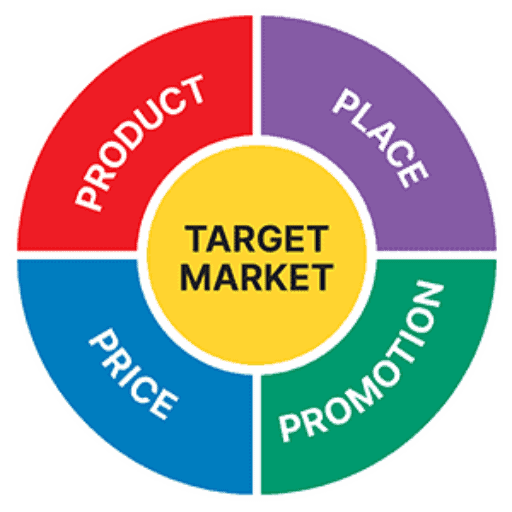Spot the Brands
You may recall the Where’s Waldo book series. Waldo was hidden in a drawing and you had to find him. This little activity, “Spot the…

You may recall the Where’s Waldo book series. Waldo was hidden in a drawing and you had to find him. This little activity, “Spot the…

Are you searching for some fun new examples to use in class? Innovation and new products are an important outcome of good marketing. The Time…

This article in the New York Times (requires subscription, but I am thinking most faculty have access through subscription or their university) describes the growth…

The meal kit industry is challenging. Since building this market in the late 2010s, Blue Apron has struggled to be profitable and was recently sold….

McAloo Tikki Burger anyone? Only in India. McSpaghetti? Only in the Philippines. McDonald’s has restaurants all around the world. It has learned to serve this…

[Full disclosure, the first draft of this blog post was written by ChatGPT. See more here.] Gucci and Vans have partnered with Roblox, a popular…

Dick’s Sporting Goods has been pivoting to a new strategy. With many brick-and-mortar retailers struggling, Dick’s is making some changes. It is closing its Field…

I survey my students before each semester. I ask them about where they are from, their major/specialization, and what they want to do when they…

Building strong brand preference is the goal of most many marketing managers. Unfortunately, after that happens, competitors may seek to hitch their own brand to…